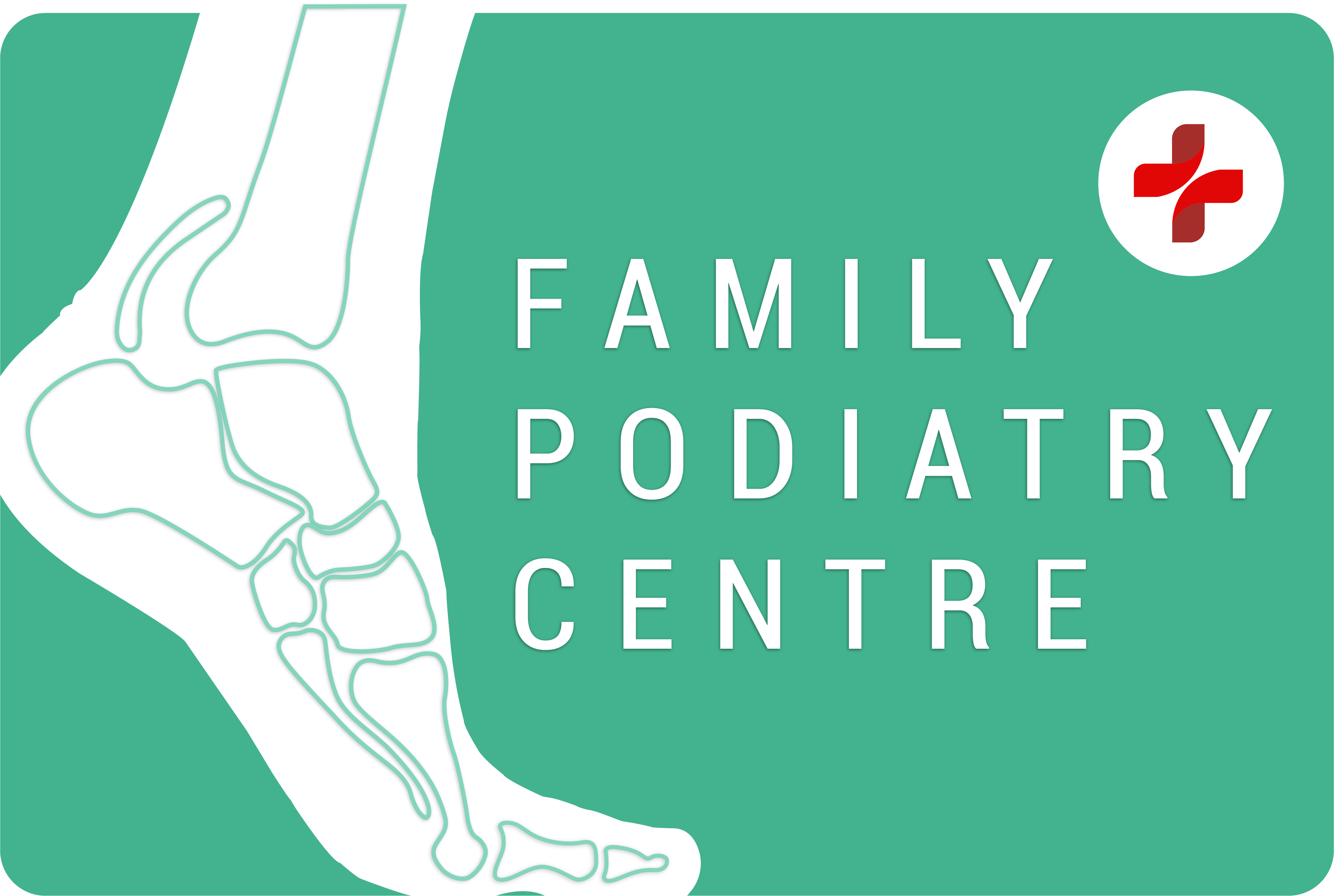Is Strapping and Taping Covered by Cigna Healthcare Insurance in Singapore?

Explainer video
At Family Podiatry Centre, we often use strapping or taping to manage conditions like ankle sprains, plantar fasciitis, or tendon injuries. These techniques stabilise joints, reduce pain, and guide healing — but patients frequently ask, “Is this covered by Cigna?”
At Family Podiatry Centre, we often use strapping or taping to manage conditions like ankle sprains, plantar fasciitis, or tendon injuries. These techniques stabilise joints, reduce pain, and guide healing — but patients frequently ask, “Is this covered by Cigna?”
According to Cigna’s official Medical Coverage Policy (CPG 143: Strapping and Taping, effective October 15 2025), coverage depends on the medical necessity and the type of tape used.
When Cigna Covers Strapping in Podiatry
Cigna recognises rigid, non-elastic strapping as medically necessary when it serves to immobilise or restrict joint movement for acute or structural injuries of the foot or ankle.
Covered procedures include:
- Ankle or foot strapping
– Acute sprains and strains
– Fractures or dislocations
– Tendinitis or synovitis
– Plantar fasciitis (e.g., Low-Dye taping)
– Tarsal tunnel syndrome - Toe strapping
– Sprains, fractures, or dislocations
– Hammer toe or hallux valgus (bunion)
In clinical podiatry, strapping is most often used for ankle instability, plantar fasciitis, and post-injury support — all of which are listed as covered under Cigna’s “medically necessary” criteria.
When Strapping or Taping Is Not Covered
Cigna does not cover taping that is:
- Elastic or rehabilitative (e.g., Kinesio®, KT Tape®, McConnell taping).
These are classified as experimental, investigational, or unproven for all conditions. - Applied for performance enhancement or injury prevention rather than medical treatment.
- Performed on body regions such as the shoulder, knee, hip, or back — which fall outside podiatric scope and are listed as “not medically necessary.”
Elastic therapeutic taping is generally part of a physiotherapy program and therefore included within therapy time, not billable as a separate service.
How Coverage Works in Singapore
In Singapore, Cigna International follows the same global coverage policy.
For podiatry claims to be reimbursed:
For podiatry claims to be reimbursed:
- The service must involve rigid strapping applied for a covered diagnosis.
- The treatment must be performed by a qualified practitioner, such as a registered podiatrist.
- The clinic must submit the correct CPT code (e.g., 29540 for ankle/foot) with supporting documentation.
If the taping performed is Kinesio Tape or part of rehabilitation exercises, it is generally not eligible for separate reimbursement and may be bundled under physiotherapy charges.
Documentation Requirements for Successful Claims
Cigna specifies that medical notes must clearly state:
- The diagnosis and clinical rationale for strapping (e.g., acute ankle sprain).
- The exact area taped or strapped.
- The intended purpose — immobilisation, protection, or support of healing tissue.
- Outcome and patient response during follow-up.
Without these details, claims may be denied as “not medically necessary.”
Key Takeaways for Podiatry Patients
✅ Covered by Cigna:
- Rigid, non-elastic strapping of foot, ankle, or toes for acute injuries or specific conditions (e.g., plantar fasciitis, tarsal tunnel syndrome).
❌ Not covered:
- Elastic therapeutic taping (Kinesio or McConnell).
- Preventive or performance taping.
- Taping of shoulder, knee, hip, or back.
💡 Tip: When booking your appointment, mention that you hold Cigna coverage. We’ll ensure your treatment and invoice reflect the correct clinical codes to support your claim.
References
Mark Reyneker
B.T. Pod (SA), MSc (SA)
Podiatrist and Human Gait Specialist
Registered with the Podiatry Association of Singapore
Founder and Director:
Family Podiatry Centre Pte Ltd
Family Podiatry Centre Sdn Bhd
Solescape Orthotics Laboratory
Solescape Shoes brand


